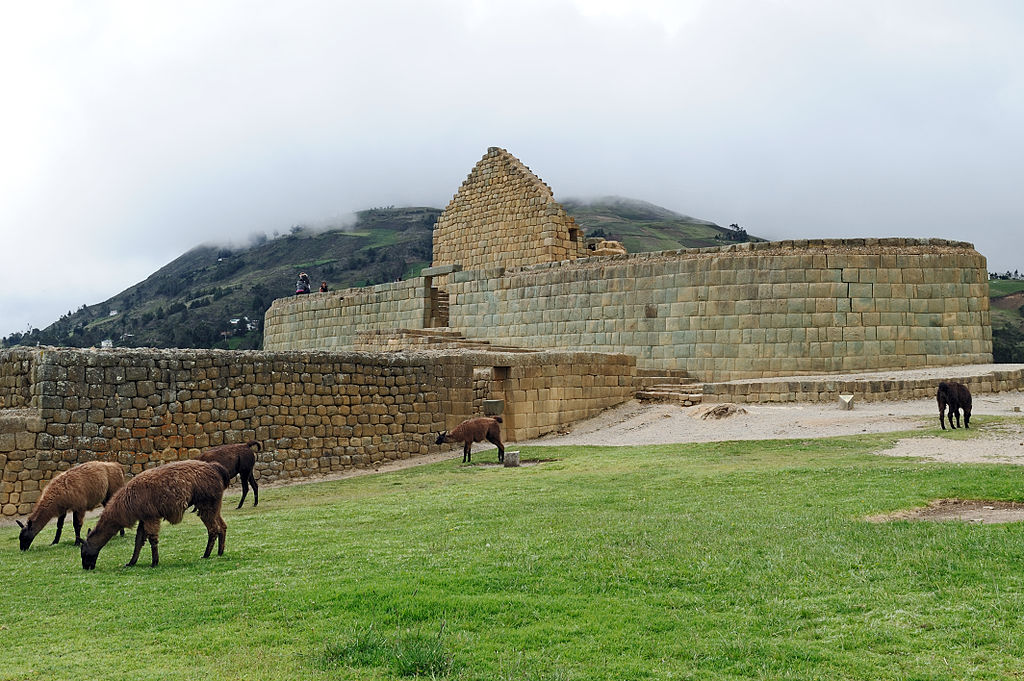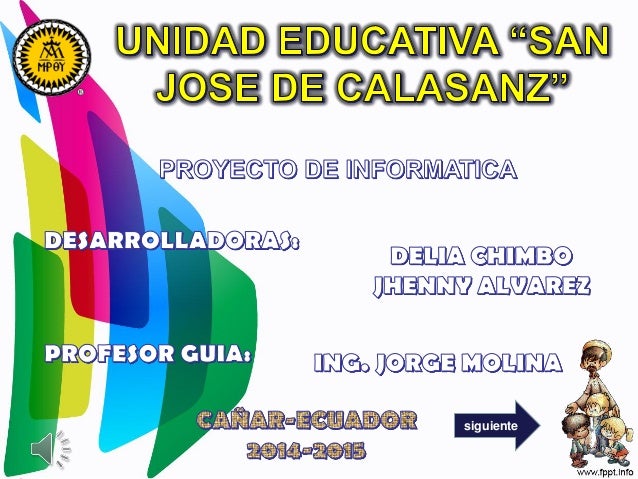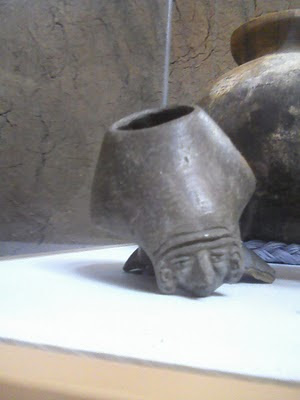


This valuable information appeared in three expense accounts, a kind of document whose arid and routine nature does not invite to presage any interesting data. In 1966, as a result of an investigation encouraged by Professor Antonio Rumeu de Armas, then doctoral student Miguel Ángel Ladero Quesada published in Anuario de Estudios Atlánticos the transcription of some surprising documents that shed new light on the royal conquest of the Canary Islands which at the same time raised new questions. Cultura colonial, Cultura indígena, Documentos públicos, Esenciales, Etnografía Conquest of Gran Canaria, Conquista de Gran Canaria, Pact of Calatayud, Pacto de Calatayud, Queen of Canaria, Reina de Canaria, Torre de Agaete, Tower of Agaete It is precisely this preservation that has allowed the survival of numerous archaesms that have disappeared, in whole or in part, from their original languages and, as an example, today we want to offer a modest and brief study of a term closely linked to the field of island agriculture and society. The Spanish we speak in the Canary Islands owes its exceptional wealth not only to the contributions of the different languages that make it up –fundamentally Castilian, Portuguese, French and Island Tamazight– but also to the preserving action that the relative physical isolation has given to the Archipelago for centuries, unfortunately put in danger in relatively recent times by a phenomenon that, in personal opinion, we tend to interpret as the result of a desire for recognition and modernity in some misunderstood ways.

This playground for the children was built upon the old Gran Mareta’s site at Teguise, Lanzarote (source: PROYECTO TARHA). To contextualize this extract, we should consider certain misconceptions regarding the pact, such as the belief that this pact gave origin to the Day of the Canaries, or “Día de Canarias”. This short article will examine the effects of the pact on Canarian identity through a subjective analysis of relevant documents and in relation to the theme and ethos of the above quoted sentence. In a single sentence from the so-called Pact or Letter of Catalayud, signed by the Catholic Monarchs and an anonymous guanarteme –Grandcanarian chieftain– the 30th of May 1481, the downfall of autarchy and dismantling of the polities that sustained the life and society of the ancient Canarians is laid bare. This 30th of May, “Day of the Canaries”, we celebrate the fact that Canarians did indeed live and thrive without trading with Castile. “ the said Canarians could not live without coming to our reigns of Castile and Leon to trade “ of the RGS- manuscript containing a copy of the so-called Letter of Calatayud (source: Archivo General de Simancas)


 0 kommentar(er)
0 kommentar(er)
